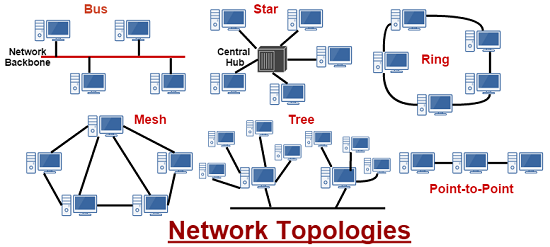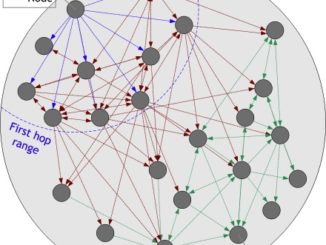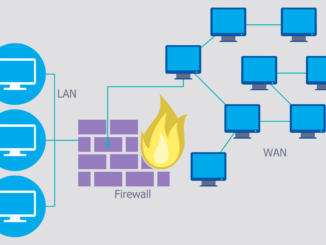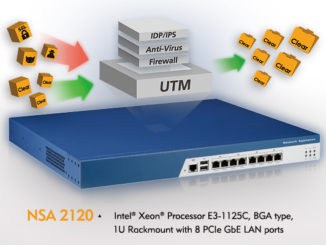
In this sub module we will cover different network topologies and network categories. A topology is a layout of a network both physically and logically. The different network categories include:
- Local Area Network (LAN) – Inside offices and schools.
- Wide Area Network (WAN) – Multiple local area networks.
- Personal Area Network (PAN) – Bluetooth and Infrared.
- Metro Area Network (MAN) – Located in a college or city.
Network Topologies – A network topology describes its arrangements through which sender and receiver are connected in line of connection. A peer to peer is a network in which clients talk to clients, they share files and folders. A peer to peer network is easy to setup and install but has limited scale performance. A client server allows clients to be connected through a server and it is seen in the domain. The initial setup of a client server is harder; however t’s more scalable and provides for better performance. Here are different types of network topologies –
- Bus Topology – In this all the computers and devices are connected to a single cable. It is suitable for small networks, is easy to expand and is cost effective.
- Ring Topology – In this each computer is connected to another computer to form a ring i.e. last one is connected to the first. If there are large numbers of nodes, many repeaters are required. It is also cheap to install and expand. The major disadvantage of this topology is that if one computer fails, whole network gets disturbed.
- Star Topology – In this a hub is used as a central point for all computer through which they are connected. Hub also acts as a repeater for data flow. It is easy to troubleshoot and in case of failure only that particular node is affected. It is quite expensive to install and use and performance of the network is fully depended on hub’s performance.

Fig 3.3 Network Topologies
- Mesh Topology – In this all the nodes are connected to each other and have a point-to-point connection to other nodes or devices. In this data can be transmitted over the network either through routing or flooding. It can be a partial mesh or full mesh topology. In this every connection can carry its own data load and is quite robust. Due to its design fault is diagnosed easily and also provides security and privacy.
- Tree Topology – In this the node are connected in a hierarchy with a root node at the top. The minimum number of levels is three. It is usually used in a WAN and best if nodes are located in groups. It is costly and heavily cabled and thus maintenance is difficult.
- Hybrid Topology – It is called hybrid as it is a mixture of two or more topologies and hence inherits the pros and cons of the topologies being used. One of the major advantage of this type of topology is that it is flexible and can be scaled easily.
- Point to Point and Point to Multipoint – In point to point topology, one device is connected to another device. Point to point topology is sometimes referred to as on link. Point to multipoint is when single point goes to multiple points and is used in multicasting. In point to point, things can from point A to point B. However, in multipoint, signals are sent to everyone who is connected. This can pose a security threat as it can allow for one user to sniff out the traffic that is happening on the hub.
Multi-protocol label switching allows multiple topologies to communicate together over the same connection. MPLS is used to communicate over a backbone and transmits over a layer edge router (LER).



